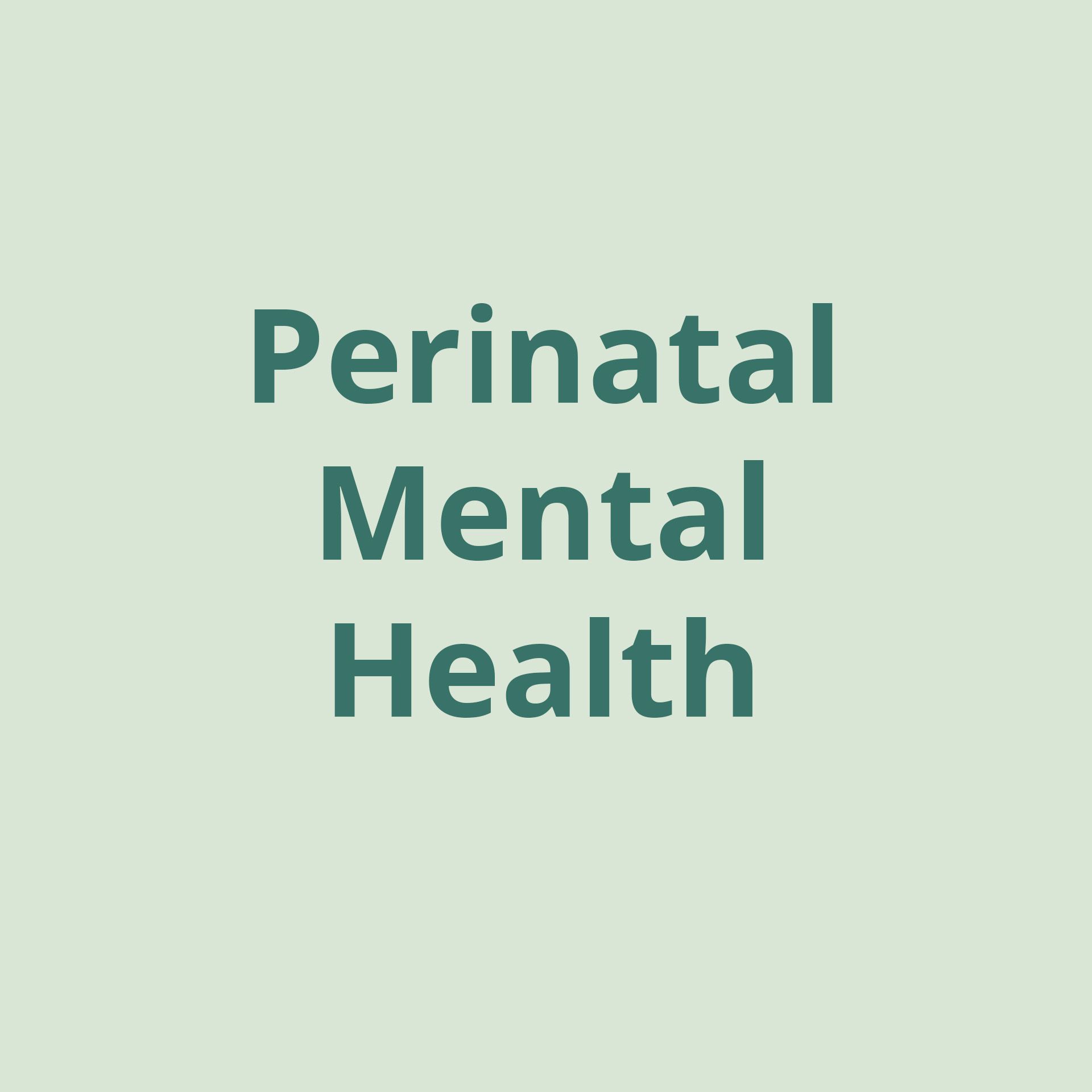Understanding and Overcoming Daily Stress, Chronic Stress, and Anxiety Disorders

By Thrive Reno’s Clinical Director and Therapist, Kerstin Trachok, CPC
Stress that does not interfere with your overall functioning is perfectly normal, manageable, and even helpful. Without the effects of stress, we wouldn’t be motivated to make necessary changes in our lives.
Stress can, however, become chronic and even lead to the development of an anxiety disorder, both of which may require clinical treatment . The symptoms of these conditions differ in intensity, frequency, and duration.
Learn more about the different ways stress can be expressed, self-regulated, and clinically treated below.
DAILY STRESS
Daily stress is unavoidable and simply a part of being alive. It’s typically caused by an external trigger that is either short-term or long-term.
Examples of stress triggers are:
- Deadlines at work
- An argument with a significant other
- A school assignment
- Chronic illness
The connection between stress and the rest of your being can be powerful. When faced with stressful external triggers, you may notice negative effects on your body, emotions, and lifestyle.
Some common symptoms of stress include:
- Low energy levels
- Headaches
- Upset stomach
- Frequent sickness
- Sleep changes
- Muscle tension
- Increased heart rate
- Difficulty relaxing
- Inability to focus
- Forgetfulness
- Feeling overwhelmed
- Being pessimistic
- Feeling increasingly irritable or angry
- Procrastination
- Appetite changes, such as feeling more or less hungry
CHRONIC STRESS
If you continue to feel stressed consistently for months at a time, you may be struggling with chronic stress.
Chronic stress can lead to serious physical and mental health issues such as:
- Anxiety
- Depression
- Post-traumatic stress disorder (PTSD)
- Panic
- Other disorders
ANXIETY DISORDERS
When the symptoms of stress continue after the trigger is gone, you may be experiencing anxiety. Genetics, brain chemistry, personality, and life events all play a role in the development of anxiety. As the most common mental illness in the U.S, 18.1 percent of adults experience anxiety. Typically, individuals struggling with anxiety are not able to function normally.
The Diagnostic and Statistical Manual of Mental Disorders (DSM-5), which is used by clinicians to diagnose psychiatric illnesses, lists ten types of anxiety disorders.
The ten types of anxiety disorders are:
- Separation anxiety disorder: Feeling anxious or fearful when a person you’re close with leaves your presence.
- Selective mutism: When children speak normally with their family but don’t talk in public.
- Specific phobias: Feeling intense fear of a specific object or situation causing you to avoid ordinary situations.
- Social anxiety disorder: Feeling overwhelming worry over normal social interactions.
- Panic disorder: Feeling sudden, intense fear that leads to a panic attack.
- Agoraphobia: Feeling intense fear in places that seem hard to escape from or get emergency help in, such as an airplane, public transportation, or in crowds.
- Generalized anxiety disorder: Feeling excessive, unrealistic worry for little or no reason.
- Anxiety disorder due to a medical condition: Feeling intense anxiety or panic directly caused by a physical health problem.
- Other specified anxiety disorder and unspecified anxiety disorder: Anxiety disorders that don’t meet the full criteria for any other anxiety disorders.
Though experiences differ with each type of anxiety disorder and each individual, some common symptoms of anxiety disorders include:
- Persistent worry
- Restlessness
- Feeling on edge
- Difficulty sleeping
- Changes in appetite
- Irritability
- Difficulty thinking or concentrating
- Muscle tension
When these symptoms begin to affect an individual’s relationships, occupation, or other areas of functioning, they should be clinically treated.
COPING WITH DAILY STRESS USING YOUR BREATH
Practicing awareness is the key to managing stress. By identifying the trigger(s) that are causing your stress, you can determine any life changes that may be necessary.
When experiencing stress and its corresponding heightened emotions, it can be difficult to think clearly, much less perform a deep self-reflection. So, the first step to mitigating your stress is to calm yourself down. The simplest way to do this is through your breath. By breathing deeply and slowly, you can calm your heart rate and allow your mind to clear.
Box breathing is an effective breathing exercise that you can practice anywhere.
The steps of box breathing are as follows:
- Take one long, deep breath in for four seconds.
- At the top of the breath, hold the air in your lungs for four seconds.
- Release all of the air in your lungs over the course of four seconds.
- Refrain from inhaling for four seconds.
- Repeat the steps above until you feel calm enough to think rationally.
- Adjust the length of your inhales and exhales as needed, as this practice should not cause added stress in the process.
Once you’re in a calm state, consider the possible causes of your stress. Then, reflect on potential adjustments that may alleviate your stress. Simple and small changes in your life can often help support your basic needs, which can mitigate your daily stress. These adjustments may mean altering your routines so you get more sleep, eat consistently, and stay hydrated.
CLINICAL SUPPORT FOR STRESS
When your stress begins affecting your daily functioning, you may want to consider seeking clinical support. Left untreated, the symptoms of stress can exacerbate the problem, leading to chronic stress, anxiety disorders, and other mental health conditions.
Depending on the severity of the condition, treatment for stress may involve regular therapy sessions until the symptoms subside. In addition to therapy, individuals struggling with stress may also benefit from psychotropic medications.
If you’re struggling with stress or anxiety, Thrive offers outpatient therapy and medication management to help you find inner peace and embrace life confidently.
About the Author
Kerstin Trachok, CPC — Thrive Reno Clinical Director and Therapist
Kerstin received her master’s degrees in clinical mental health counseling and school counseling from the University of Nevada, Reno. Kerstin has seven years of experience in the counseling field working in different settings and a wide array of mental health issues. Kerstin has experience working in schools with children of all ages, clients with psychosis in a hospital setting, adults and teens in private practice, and working at an agency providing counseling to children and families. Kerstin is a fully licensed clinical professional counselor in the state of Nevada and received her certification in Complex Trauma Levels I and II. Kerstin has experience working with children, teens, adults, and families with trauma, anxiety, grief, depression, ADHD, autism spectrum, suicidal ideation, behavioral issues, and eating disorders. Kerstin is passionate about fostering clients’ growth and autonomy while providing a safe and secure space to process emotions. Kerstin uses creative interventions and other tools to allow clients to voice their internal experiences beyond traditional talk therapy. Kerstin’s therapeutic modality of choice is Acceptance and Commitment Therapy. She uses mindfulness tools and techniques to help clients be present-moment oriented, and reduce stress so they may move towards psychological flexibility. Kerstin believes all individuals have the right to live a fulfilling and vital life.
The post Understanding and Overcoming Daily Stress, Chronic Stress, and Anxiety Disorders first appeared on Thrive Wellness.








